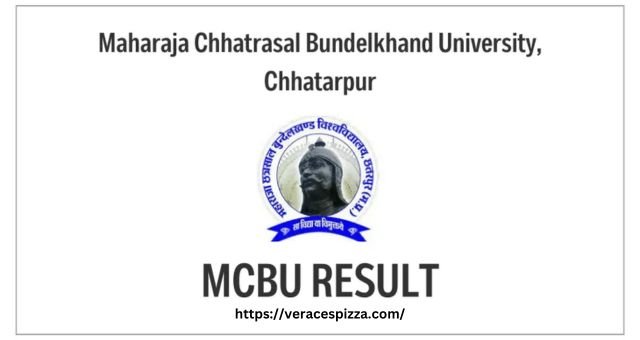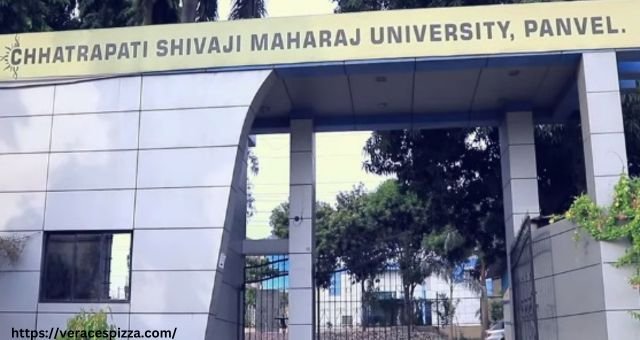Securing the Future: Guidance on Total and Permanent Disability Benefits for Veterans

Key Takeaways:
- Explaining the basic requirements for qualifying for TPD benefits for veterans.
- Detailing the best approach to apply for TPD benefits and the relevant documentation.
- Emphasizing that the provision of medical evidence is crucial in support of TPD claims.
- Exploring such issues that most veterans encounter while pursuing the claim and how they can be dealt with.
- Explaining how a debilitating injury may affect a veteran’s life when receiving TPD benefits.
- Explaining the general action plan of TPD benefit claims receipt and its subsequent approval.
The below guidelines explain total and permanent disability benefits step by step, including how veterans can qualify for it as well as the procedure to follow whenever applying for it and why one should plan for his/her financial future. Even now, it seeks to provide veterans with practical guidance in the matters of these rather intricate procedures.
Carrying out TPD benefit eligibility assessment
To people who have been in the army, TPD is not only a pension that can hinder their careers but also their plans for their lives. The term ‘total and permanent’ means the disability which means that the veteran will be unable to engage in meaningful employment. Reclassification for 100 p&t benefits and TPD payments depends on the ability of the veteran to show that the disability is indeed related to their time in service and that the disability is total. It is important to understand these qualifications mainly because they determine the sort of assistance that is offered to a veteran.
Step-by-Step Application Guide
Applying for TPD benefits is something that should be done correctly to protect the applicant as much as possible. There are specific ways of applying for the benefits, and the first one requires the submission of documents showing the disability and how it is connected with the service. Each document plays its role in every case starting from proving that the veteran has a service connection, to proving the extent of the disability. Since one has to go through the thick and thins of various forms, medical assessments, and potentially beneficial choices, these three issues explain the way to get the forms such as VA Form 21-526EZ, and the steps to fill up those forms as well as the process related to C&P exams. Foremost, it is necessary to stand out in the hiring process, and employing perseverance and meticulousness during this stage can boost one’s chances of obtaining these important perks.
Required Documentation
- All medical and service treatment records that show the nature, circumstances, and consequences of the veteran’s SC injuries.
- Affirmative statements from family, friends, or caregivers may offer insight into the veteran’s daily struggles and restrictions.
- Documentation of current physical or psychological conditions may include a physician’s notes, therapy notes, or a psychologist’s report.
The Role of Medical Documentation
This is another area in which it is quite clear that medical documentation is a key factor in the likelihood of a successful TPD claim. They serve as a pillar in building up the claim to show the VA that the person is disabled and to what degree. Veterans must collect all of the medical records from signs, symptoms, injuries, and illnesses; the reports from doctors; and, most importantly, the nexus letter from the healthcare provider linking the disability to the time and circumstances of the veteran’s service. Before proceeding it is necessary to acknowledge that this documentation turns into a guiding light for the VA adjudicators, as they try to navigate towards the practice of favorable decisions.
Tackling the Challenges: Some recommendations for veterans
This means that veterans who seek TPD benefits may encounter numerous and significant challenges on behalf them. The complicated structure of the VA system and the time that may take to get a scheduled procedure could be very stressful. Thus, the veterans have to be very systematic in their paper where and when, communicate freely and often with the VA and seek/gain/consult expert advice offered by the Accredited Veteran Service Officer/ Lawyer. Even the VA chants and the continuously changing portfolio of evidence may be easily avoided to keep one on track.
Improved Lifestyle through TPD Benefits
Outside the monetary factors, TPD benefits signify numerous positive impacts in all facets of a person’s life. This assurance erases concern about basic requirements and instead empowers the veterans to embrace self-improvement and health concerns, thereby promoting health care. Further, the TPD benefits may entitle the employee to much more than monetary remedies, opening the door to receive other things such as health care services, housing grants for modifying homes to accommodate disability, and waiver of registration fees of vehicles among others. These ancillary incentives help to create easier lives for these veterans to contribute to a better utility.
A Guide to the Claim Processing Timeline
Specifically, much like TPD claims, the time it takes to complete the process is highly flexible and can be days, weeks, months, or even years. This means that veterans should expect to wait anything between several months to several years while waiting for the VA to process their claim depending on the details needed, the correctness of the submission made, and the efficiency of the VA office working on the claim given. The benefits of having realistic timelines include minimizing stress while allowing the veterans to make rational decisions in transition processes from their military careers. Behind the scenes, communication with the VA office that deals with the specific claim can help explain the current situation and timelines so that veterans are informed.
Additional Resources and Support for Veterans
Exploring venues for acquiring information about TPD claims can prove essential when dealing with the program’s intricacies as well as addressing the difficulties faced by veterans. In this case, the VA provides assistance services that help in the direction of each of the stages of the application for compensation. Moreover, serving advocacy groups and nonprofits implies that such organizations are designed for the provision of more comprehensive and tailored advice. Specifically, I appreciated the guides available on the VA’s website; the information included in such general resources is inestimable. Additionally, analysis of information from welfare organizations offers another context of comprehensible evidence and direction of paramount importance for veterans when it comes to the values of disability benefits.












